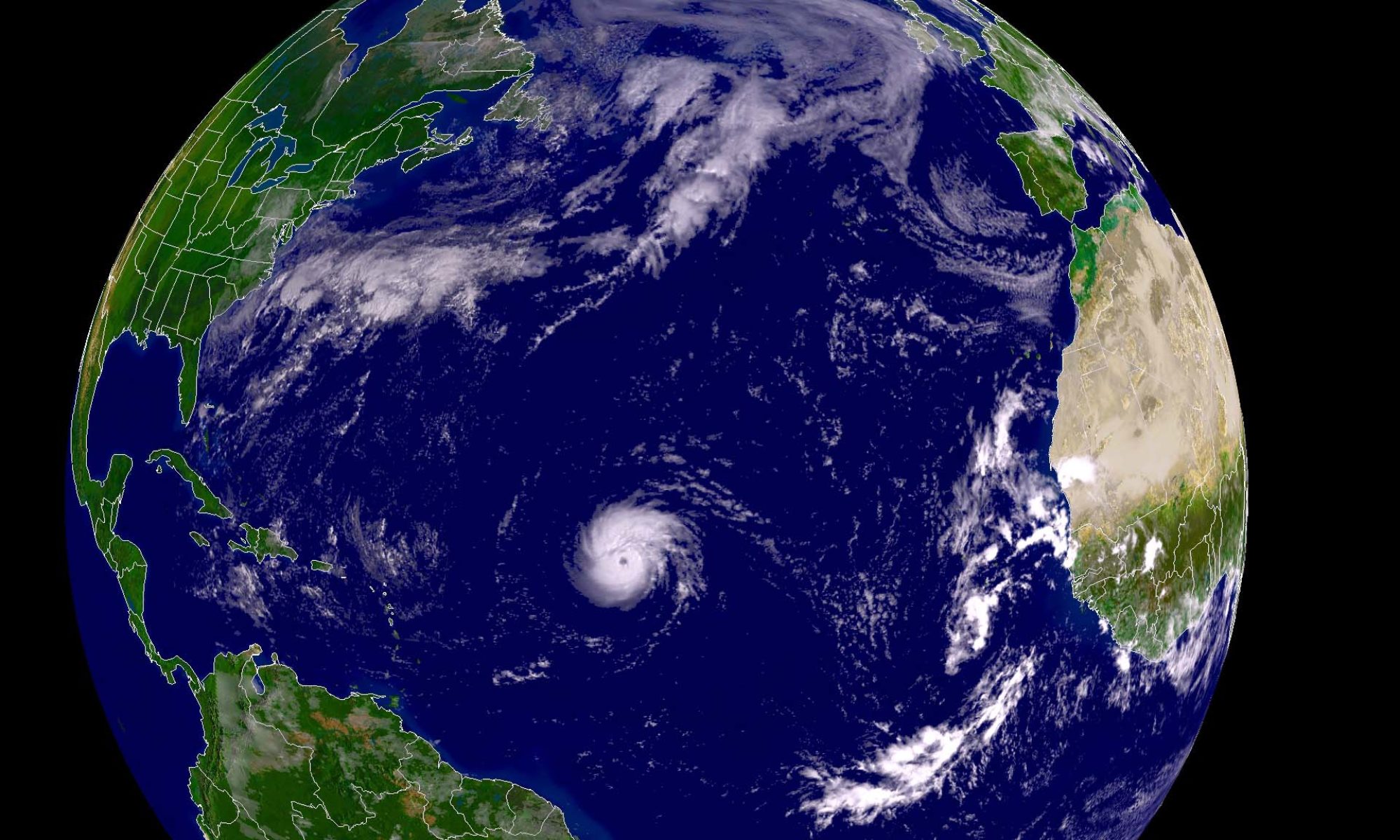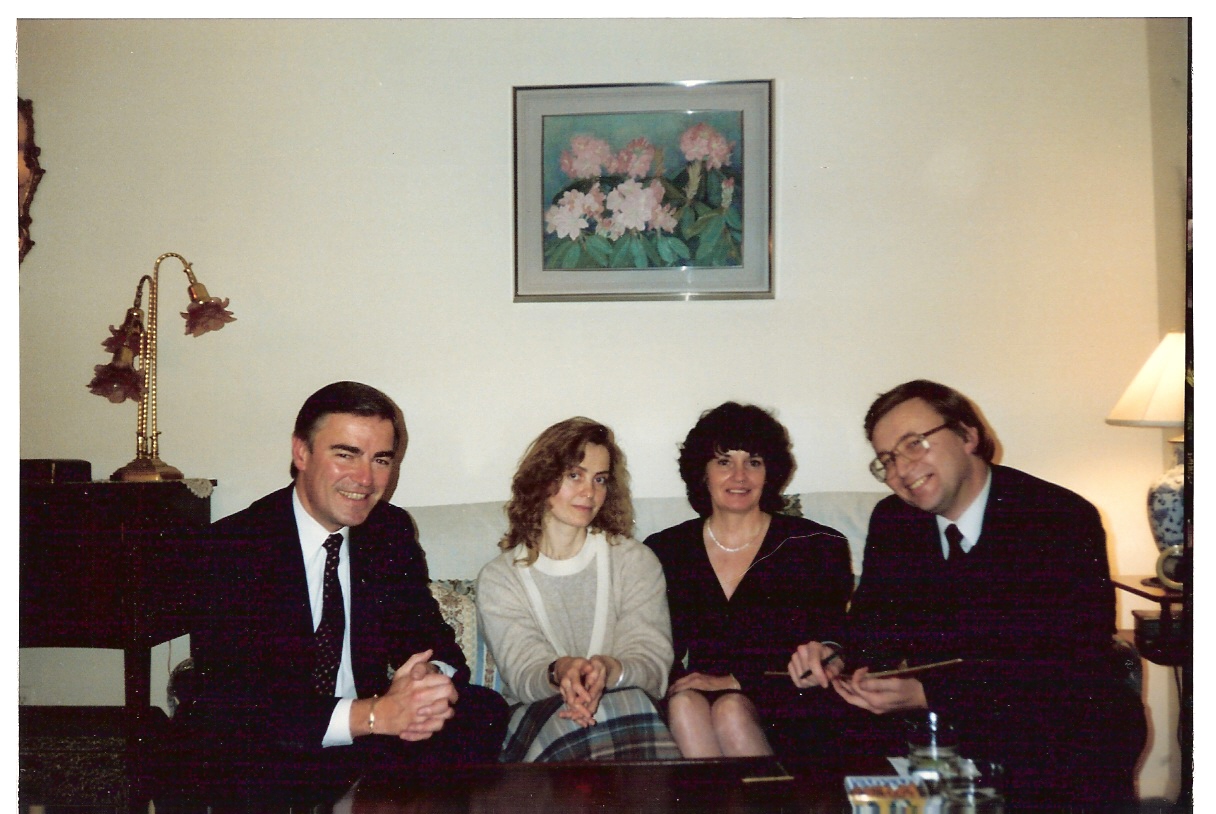Dear friends:
Since the Fukushima nuclear power plants accident in March 2011, there have been two types of contributions by nuclear scientists. One type, who represents the voice of TEPCO, has influenced the decision makers of the solutions to the accident, the government strategy of the evacuation zone, the timing of announcement of the core meltdown and the constant public campaign to give the impression that the situation is improving rapidly. The other type, who has been warning the government of the worsening situation, finds their influence over the decision makers and the media circle limited. However, I find it puzzling that there has been so little warning from the nuclear community about the potential for catastrophic accidents or terrorist attack involving the hundreds of spent fuel pools worldwide. I received a clear explanation from Dr. Gordon Edwards, one of Canada’s best known independent experts on nuclear technology, uranium, and weapons proliferation.
I hope you will better appreciate the serious issues of the spent fuel pools from these comments.
Akio
This article is now available in Japanese.
Dear Akio,
You asked me why there has been so little warning from the “nuclear establishment” (TEPCO and the regulatory agency) about the potential for catastrophic accidents involving the spent fuel pool in reactor number 4.
In the field of nuclear safety, the focus of attention has always been on analyzing and preventing catastrophic accidents involving the core of the reactor. In comparison, little attention has been paid over the years to catastrophic accident scenarios involving the spent fuel pool.… Continue reading





